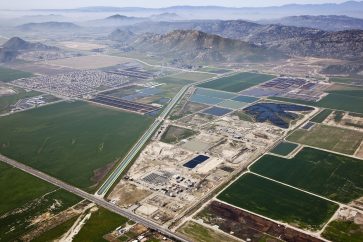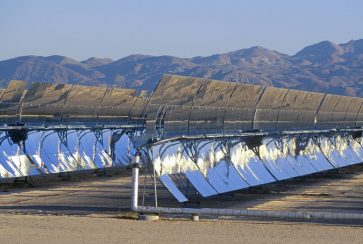8 Affordable Water Solutions for California
PCL has stepped back from all the rhetoric in recent water wars to think about what common sense approaches can actually improve conditions. In our report, 8 Affordable Water Solutions (PDF) we outline eight common-sense approaches that can help solve California’s water problems without breaking the bank.
Three factors are driving California’s water crisis
- First, our fisheries are collapsing. Salmon, one of nature’s healthiest foods and a job generator, is endangered on all of our major rivers.
- Second, climate change is altering the amount and timing of snowmelt that feeds our reservoirs. This is reducing the reliability of the state’s largest water supply.
- Third, the fiscal meltdown is making old approaches impossible. With unemployment above 12 percent and a state budget deficit of over $20 billion, we cannot just keep asking taxpayers for more money to throw at these problems.
Eight Affordable Water Solutions for California
These practical proposals will go a long way to giving residents, businesses, farmers and the environment a secure water future, and will generate good new jobs that we can afford:
Funding
Use already approved bonds first. There is still more than $3 billion available from bonds already approved by voters. Before taxpayers are asked to approve more borrowing, existing funds should be carefully invested in the highest priorities. This includes ensuring safe drinking water for hundreds of thousands of Californians who cannot drink the water coming out of their faucets.
Recycle

Increase water supplies through safe recycling. Every year in California we divert 4 million acre-feet of water from our rivers, use it once, partially clean it up and dump it into the ocean. That is more water than the massive State Water Project can deliver. The Department of Public Health needs to develop criteria for purifying that water to safely replenish our water supplies.
River Flows
Develop flow standards for the Delta and major rivers. A big reason for the collapse of California’s fisheries is the lack of scientifically based information and standards for how much water is needed to keep them healthy. This information also will increase our water supply certainty by telling us how much water we can reliably divert for people, farms and other businesses.
Delta Tunnel Options
Analyze a smaller Delta tunnel. Instead of a massive $10 billion plus peripheral canal (slightly larger than the Panama Canal), we should be looking at a smaller tunnel to allow some water to be diverted from the North Delta along with some diversions from existing South Delta facilities. This would be far less expensive and would be less disruptive to prime Delta agriculture. The smaller tunnel’s screened intake could reduce fish death. The tunnel also would provide a reliable water supply if there was massive levee failure in the Delta.
Conservation
Require water-neutral development. California needs to accommodate another 10 million residents in the next 20 years without taking additional water from sustainable agriculture or the environment. One way to do that is by having new developments incorporate state of the art conservation measures to reduce their water use and then offsetting the remaining demand by additional conservation and recycling in the existing communities.
Farm Land

Convert unfarmable land to solar production. On the west side of the San Joaquin Valley there are hundreds of thousands of acres of land that are going out of production due to unsolvable drainage conditions. Converting these unsustainable lands to large scale solar production will create new manufacturing, installation and maintenance jobs. It also will reduce the over-allocation of the state’s water supplies.
Protection
Protect California’s major water source. Fires, erosion and other changes caused by climate change are degrading the headwaters of the Sierra Nevada watershed. We need to invest in watershed restoration to maintain the state’s largest water supply and to protect the natural environment.
Future Funding
Consider a smaller water bond when the economy improves. If California’s economy rebounds in the next two years, voters should then consider a bond of about $3 billion to cost-share innovative water supply projects, safe drinking water improvements and overdue restoration of the state’s most important fisheries.
Read the full report, 8 Affordable Water Solutions (pdf)
